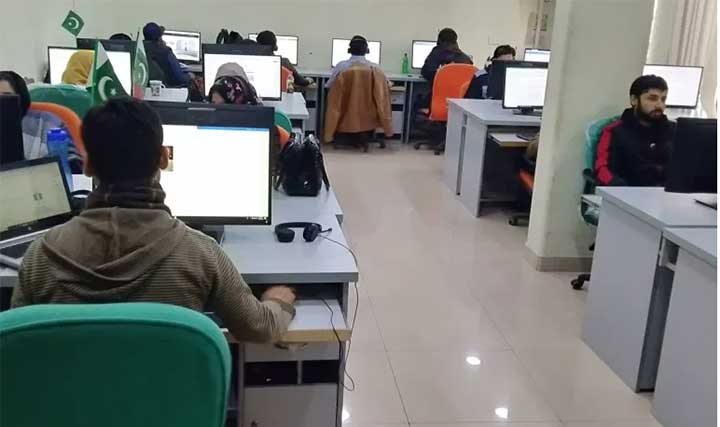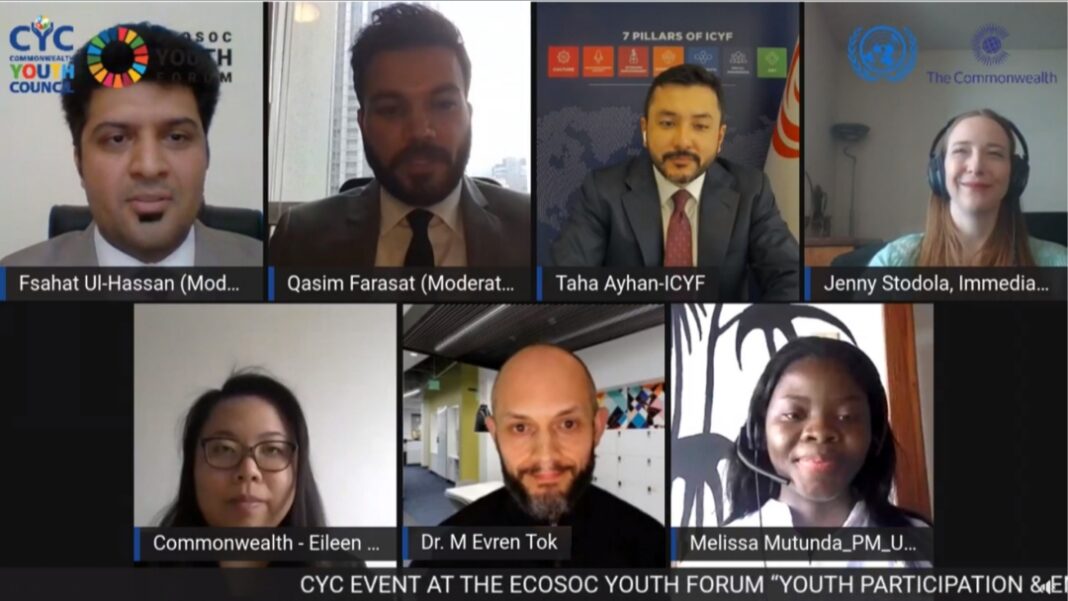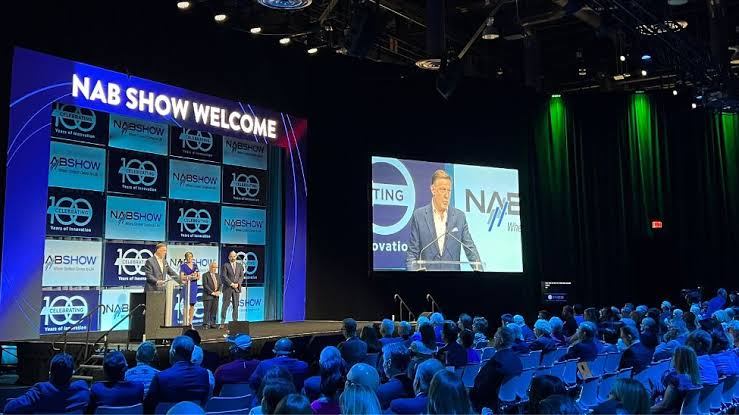APP
ISLAMABAD: National Vocational and Technical Training Commission (NAVTTC) Executive Director (ED) Dr Nasir Khan said on Monday that around 37,000 young people were imparted six-month courses in traditional and high-tech trades under first phase of ‘Hunarmand Pakistan’ programme launched last year.
Talking to APP, he said assessment of all the trainees was completed, whereas, the course-completion certificates were being issued at the moment. Adding further, the ED said over 20,000 persons from under-developed areas were trained in conventional trades such as welding, plumbing, stitching and cooking, while around 17,000 youth for high tech trades like artificial intelligence, robotics and cloud computing from across the country were also imparted trainings.
He said most of the trainees were recruited prior to the end of their trainings. “This is testament of success of the Kamyab Jawan Programme, which aims to increase the number of country’s skilled workforce,” he added.
To a query, Nasir said the ‘Skill for All’ project was rolled out in the start of 2020 under the Kamyab Jawan programme with Rs 10 billion seed money. The government launched the programme with an aim to train 50,000 each in high tech and traditional trades in the current year.
He said second phase of the Hunarmand Pakistan programme had also been launched with an aim to train more than 50 thousand youth in conventional and high-tech trades.
ED said so far 170,000 applications were received under the current phase.
He expressed a hope that the classes under the second phase would kick off by second week of April if the government opened the educational institutions.






